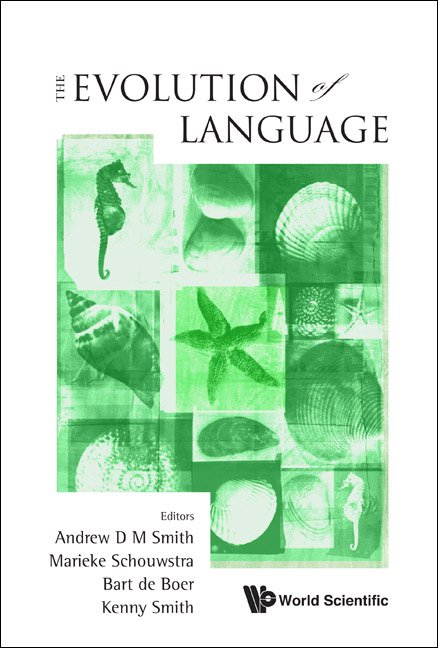THE CRITICAL PERIOD AND PRESERVATION OF EMERGED VOWEL SYSTEMS
The critical period for language acquisition is often assumed to be nothing more than a by-product of development. However, evolutionary computer simulations show that it can be explained as a result of biological evolution (Hurford, 1991). In the present study the aim is not to explain how and why this age sensitivity evolved but to investigate the consequences of this individual-level disadvantage on a culturally evolving vowel system as a whole. Using two different agent-based computer models it will be argued that a difference in learning ability between children and adults can improve the stabilization and preservation of complexity of vowel systems in a changing population.
The first model is a re-implementation of the one described by de Boer and Vogt (1999), which consists of a population of agents that interact through imitation games using realistic mechanisms for production and perception of vowels. The agents have a vowel memory in which they store learned prototypes of vowels and in response to their interactions with other agents they update their memory and learn new sounds. Analogous to the results of de Boer and Vogt (1999) the model shows that a population in which new members are born and old members die, a critical period stabilizes vowel systems over the generations. In this case the adults provide the learners with a stable target facilitating the acquisition process. Figure 1 shows the difference in the changes of the vowel system after transmission in a population with and without age structure.
The second model is a variation on the first which integrates the linguistic paradigm of Optimality Theory (OT). In this version of the model, the agents imitate each other using their own bidirectional stochastic OT grammar (Boersma & Hamann, 2008) consisting of a ranked set of articulatory and cue constraints. To produce or perceive a speech signal, a set of possible candidate forms is evaluated by the grammar. The candidate that violates the fewest highly ranked constraints is selected. In response to their interactions with other agents they learn by adjusting the ranking values in their grammar. This new approach replicates the stabilizing effects on the emerged vowel systems.
The results suggest that the critical period might be more than just an unfortunate consequence of development since its influence can be beneficial at the population level. If complexity can be more faithfully transmitted from one generation to the next, there is less need for new agents to reinvent structures that were already present. A cultural behavior can lead to biological adaptations for this behavior (the Baldwin effect). However, in language, one of the obstacles involved in this process is change (Christiansen & Chater, 2008). Biological evolution takes a long time to evolve adaptations, so the more stable the linguistic environment, the higher the expected role of the Baldwin effect. We propose that the age structure plays a role in the evolution of adaptations for functional features of language. It may provide the stability needed for the evolution of learning biases that favor the acquisition of more complex speech (and language).
Note from Publisher: This article contains the abstract and references.



